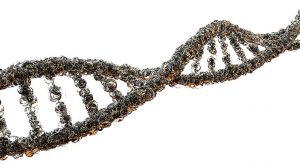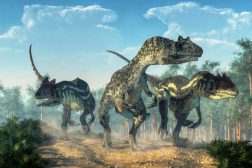Discus intervertebralis –>
intervertebral disc
(Science: anatomy) The intervertebral discs or nucleus pulposus are a fibro-cartilaginous disc that lie between the vertebral bodies in the spine.
These disks are composed of a central gelatinous-like material that provide a cushioning or shock absorbing quality to the spinal column to axial stress. Discs may herniate or rupture, resulting in a condition known as a radiculopathy.
Dictionary > Discus intervertebralis
You will also like...

Mammalian Ancestors
Mammals are a diverse group of organisms, where most of them develop their offspring within the uterus of the mother. Ov..

Genetic Mutations
This tutorial looks at the mutation at the gene level and the harm it may bring. Learn about single nucleotide polymorph..

Freshwater Lentic Communities & Animals
This tutorial looks at some of the communities in freshwater lentic habitats. For instance, symbiosis occurs in a commun..

Genetic Information and Protein Synthesis
Genes are expressed through the process of protein synthesis. This elaborate tutorial provides an in-depth review of the..

The Dinosaurs
Dinosaurs represented a major turn in the evolutionary development of organisms on Earth. The first dinosaurs were presu..

Physiological Homeostasis
Homeostasis is essential to maintain conditions within the tolerable limits. Otherwise, the body will fail to function p..

